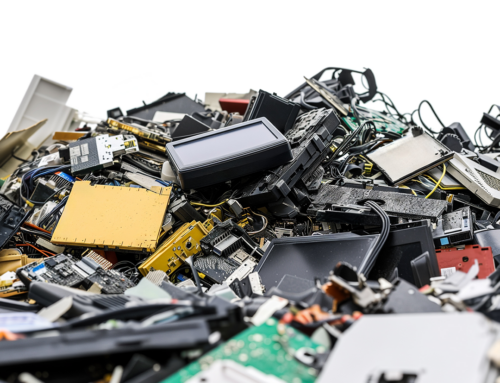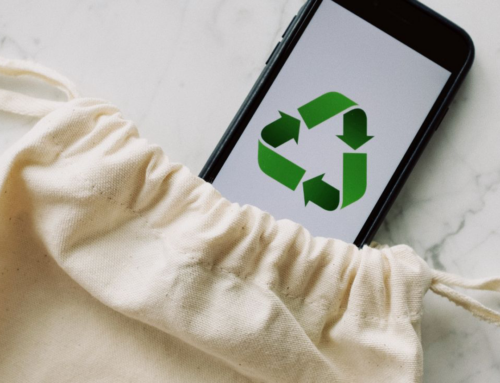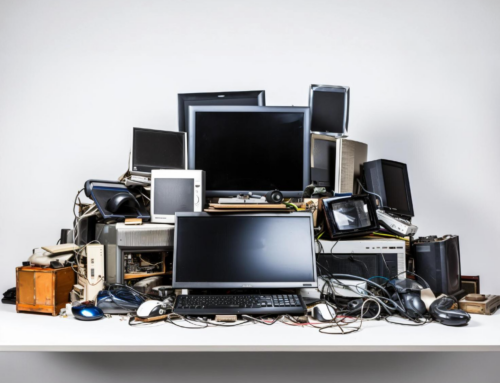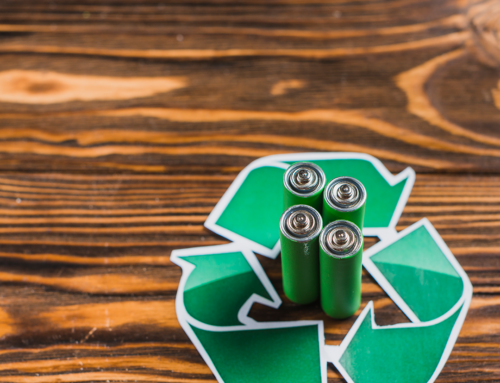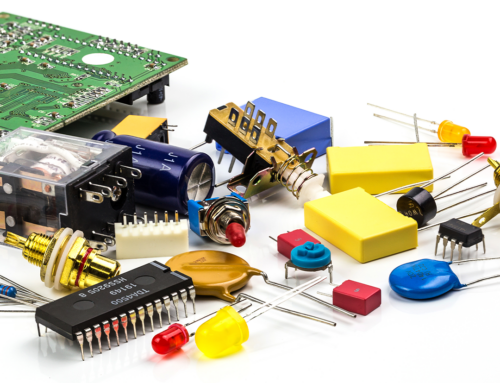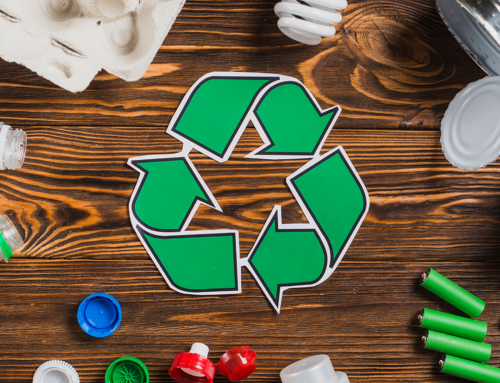Electronic waste, or e-waste, represents one of the largest challenges for waste management globally. With the rapid obsolescence of technology and the constant release of new devices, the amount of e-waste continues to rise. However, far from being mere trash, electronic waste contains valuable materials that, if properly managed, can be recovered, recycled, and reused to create new products. Among these valuable materials are precious metals such as gold, silver, and copper, as well as lesser-known but equally important elements like rare earth metals.
In this article, we will explore the hidden value in electronic waste, how these materials are extracted, and how they are reused to create new products, thereby reducing environmental impact and promoting a circular economy.
1. What is E-Waste and Why Does It Contain Valuable Materials?
E-waste refers to any electrical or electronic device that has reached the end of its useful life, including computers, mobile phones, televisions, household appliances, and other technological products. These devices are made up not only of plastics and common metals but also of precious metals and other rare materials that are crucial for the production of advanced technology. The growing accumulation of e-waste presents a unique opportunity to recover these valuable materials and reuse them, reducing the need for new natural resource extraction and helping protect the environment.
2. Precious Metals in E-Waste
Precious metals are some of the most valuable components found in electronic waste. These metals are highly conductive and resistant to corrosion, making them ideal for use in the manufacture of electronic components. Below, we will explore some of the most common precious metals that can be recovered from e-waste.
Gold
Gold is one of the most valuable metals recovered from e-waste. Although only a small amount of gold is used in each electronic device, its high electrical conductivity and resistance to corrosion make it indispensable in the manufacture of circuits, chips, and connections. Electronic devices such as mobile phones, computers, and televisions contain small amounts of gold in the motherboards, connections, and terminals.
-
Gold Recovery: The process of recovering gold from electronic waste involves techniques such as pulverization, electrolysis, and the use of chemical solutions. Once extracted, the gold is refined and reused to manufacture new electronic devices, jewelry, or industrial applications.
Silver
Silver is another precious metal that is found abundantly in electronic devices, especially in components like printed circuit boards and connections. It is an excellent conductor of electricity and is used in the manufacture of high-quality solder, contacts, and connections.
-
Silver Recovery: Silver can be extracted using processes similar to those for gold, such as smelting and the use of chemicals to separate the metal. After extraction, the recovered silver is melted and reused in new electronic devices or in jewelry production.
Copper
Although copper is not classified as a “precious” metal in terms of value, it remains one of the most valuable and abundant materials recovered from e-waste. It is primarily found in the cables, circuits, and connections of electronic devices. Copper is highly conductive and in high demand in the electronics and telecommunications industries.
-
Copper Recovery: Copper is extracted through a process of smelting and purification. Once recovered, recycled copper is used in the manufacturing of new cables and electronic devices.
3. Rare Earth Metals: Key Elements in Modern Electronics
Rare earth metals are a group of 17 chemical elements used in a variety of technological applications, such as the manufacture of batteries, screens, magnets, and storage devices. While not precious metals in the traditional sense, rare earths are critical for producing advanced technology like mobile phones, computers, and electric vehicles.
Some of the most common rare earth elements found in e-waste include:
-
Neodymium: Used in the manufacture of permanent magnets, which are essential for electric motors and speakers.
-
Dysprosium: Used in high-performance magnets and in the production of hard drives and other electronic devices.
-
Terbium: Fundamental in the manufacture of fluorescent lights and LED screens.
Recovering rare earth metals from e-waste is a complex process that involves separating and refining the desired elements. Due to the high demand for these materials, rare earth metal recovery from e-waste is gaining importance, as the extraction of rare earths from conventional mines can have a high environmental impact.
4. Other Recoverable Materials from E-Waste
In addition to precious metals and rare earths, electronic waste contains other valuable materials that can be recycled and reused, such as:
-
Aluminum: A lightweight and durable material used in the manufacture of casings and electronic components. Recycling aluminum reduces the need to extract bauxite, its raw material.
-
Plastics: Many electronic devices contain plastics that, while not as valuable as metals, can be recycled and reused in the manufacture of new products.
-
Glass: Glass from computer, television, and mobile phone screens can be recycled and reused in the production of new glass products.
5. Benefits of Recovering Materials from E-Waste
Recovering valuable materials from e-waste offers several benefits, both environmental and economic:
-
Reduction of Mining: Recovering precious metals and rare earths from e-waste reduces the need to extract these materials from mines, which in turn reduces the environmental impact associated with mining.
-
Conservation of Natural Resources: Recycling materials from e-waste helps conserve limited natural resources like gold, silver, and rare earths, which are essential for manufacturing advanced technology.
-
Circular Economy: Recovering and reusing materials fosters a circular economy model, where resources are kept in use for as long as possible, reducing the need to produce new materials and minimizing environmental impact.
6. The Future of E-Waste Recycling
As technology continues to advance, e-waste recycling is becoming a global priority. Governments, businesses, and consumers must work together to improve recycling processes and encourage the reuse of materials. The future of e-waste recycling depends on innovations in recycling technologies and the creation of infrastructures that facilitate the collection and processing of obsolete electronic devices.
Conclusion
Electronic waste is not only an environmental problem but also a valuable source of precious and rare materials. Recovering metals like gold, silver, copper, and rare earths, among others, helps reduce the environmental impact of mining and the extraction of natural resources while contributing to a more sustainable economy. As e-waste continues to grow, the efficient and responsible management of these wastes is essential to ensure that valuable resources are conserved and reused in new technologies.


